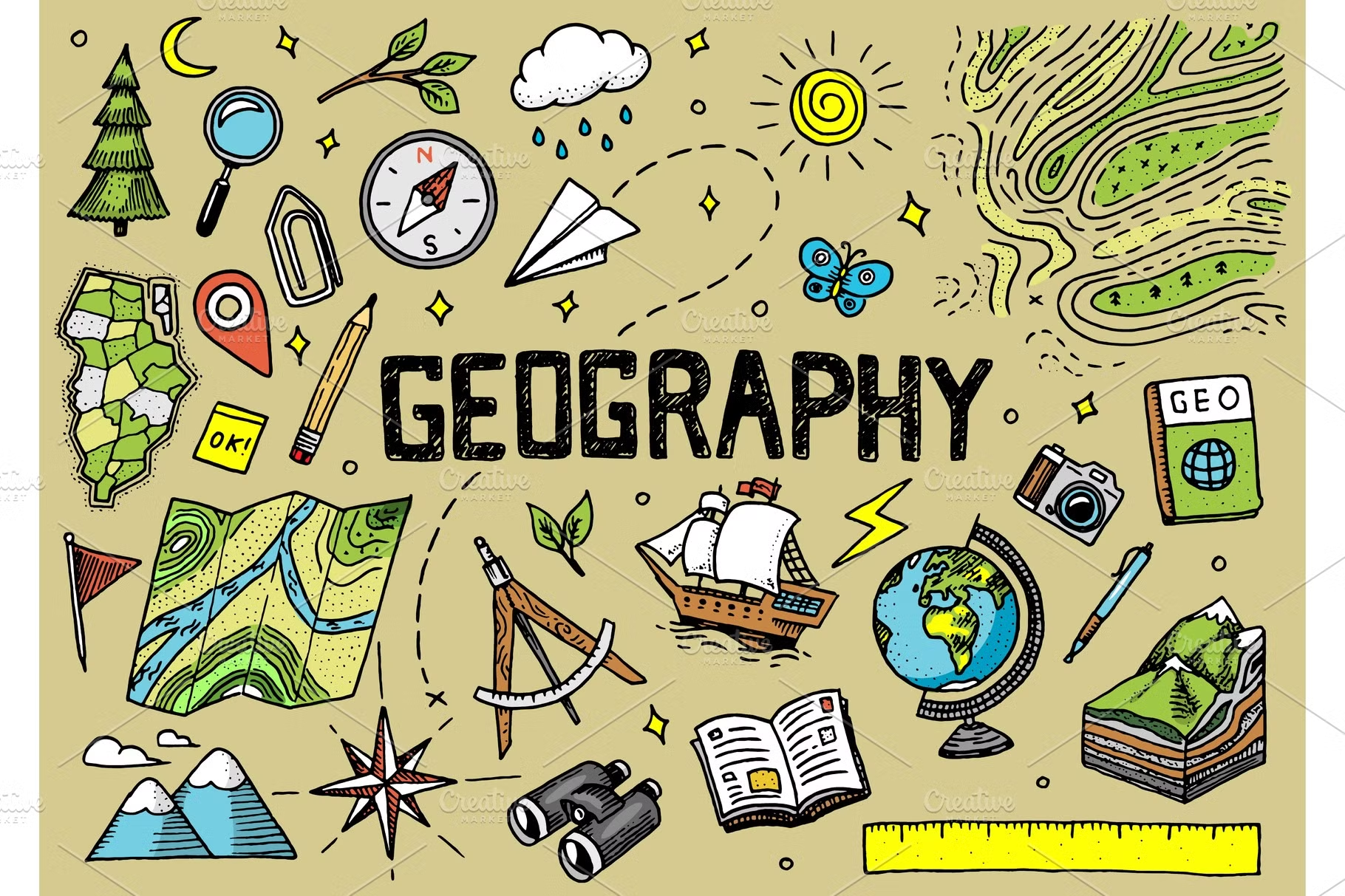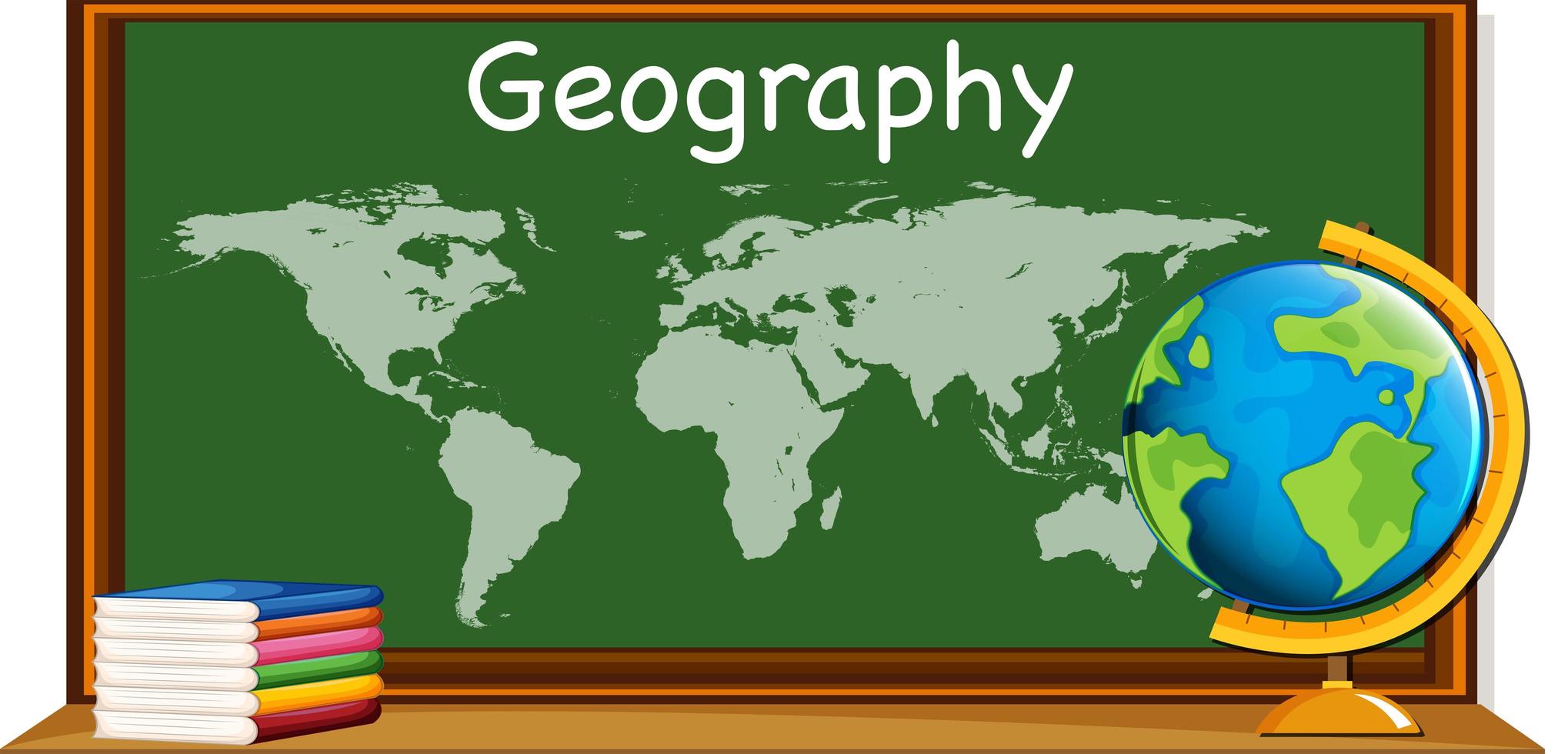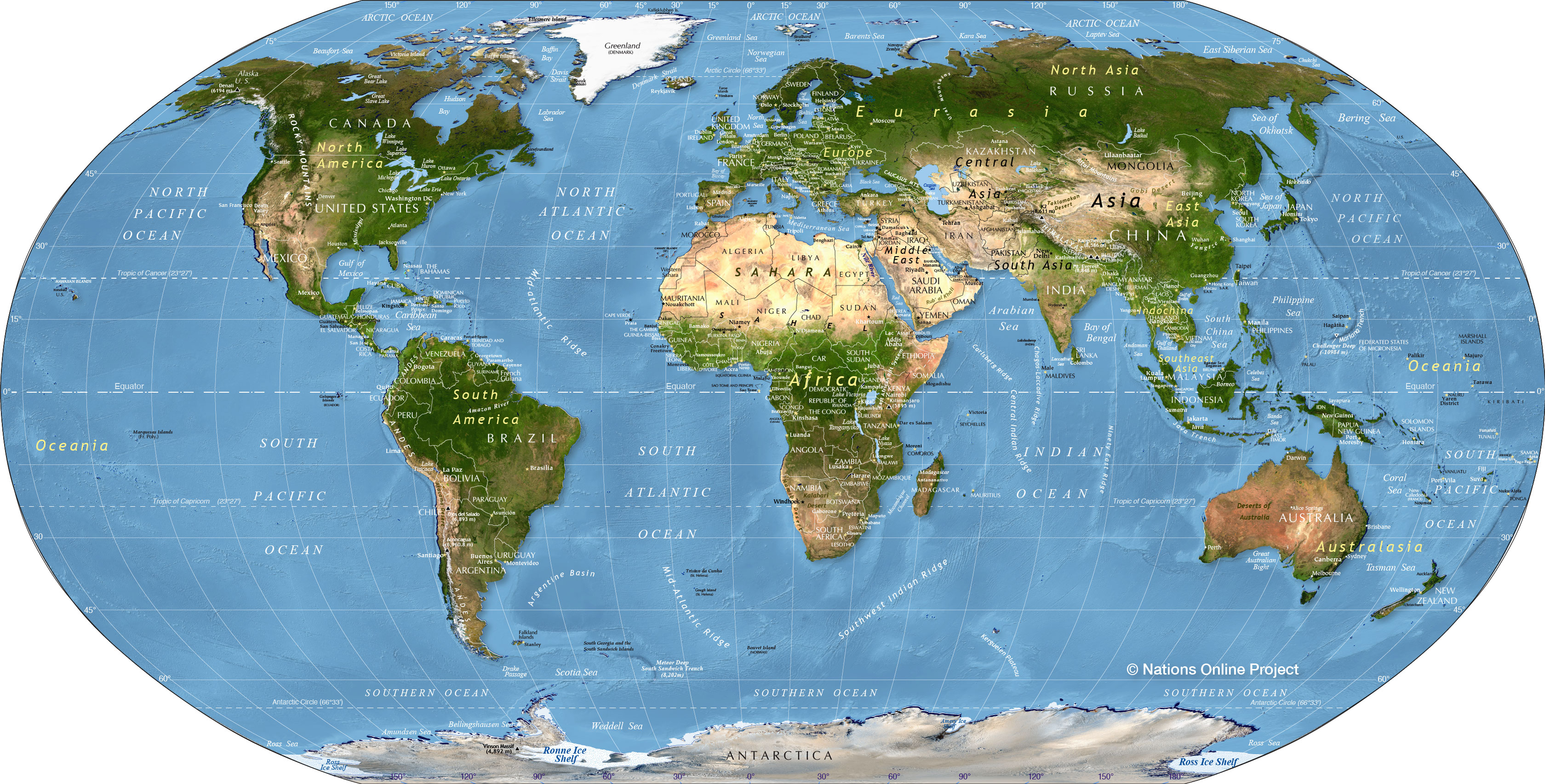When we think about what shapes a place, the very ground it sits on, the air above it, and the water flowing through it, all play a huge part. Tehran, a very large city, gets much of its special character from its location. It's a place where the physical attributes of the land, the way people live, and the connections between them are quite clear to see. Understanding the natural setting of this city helps us grasp why it looks and feels the way it does, and how its various parts work together, or sometimes, don't.
The field of geography, you know, is all about figuring out these sorts of things. It's a look at the varied surroundings, the spots, and the areas on our planet's outer layer, and how they all affect each other. This way of thinking tries to answer a simple yet profound question: why are things exactly as we find them? For a place like Tehran, this means looking at its mountains, its plains, and even the way the weather behaves, to see how these elements have influenced everything from where buildings stand to how people move around, and honestly, even how the air feels on a given day.
It's not just about what you see on a map, but rather, how all those physical bits and pieces come together with the people who call that place home. Geography is, in a way, about the ties between folks and their surroundings. It explores both the actual physical traits of the earth's outer layer and, well, the human side of things. For Tehran, this means exploring how the towering peaks to the north influence the daily lives of millions, or how the flat areas to the south have allowed for different kinds of growth and activity, quite a lot actually.
- Temperature Of Steak Medium Rare
- Best Pool Cue Case
- How Many Weeks Till Xmas
- Soprano Meadow
- Mia Z Viral Videos
Table of Contents
- What Does Geography Tell Us About Tehran's Location?
- How Do Tehran's Mountains Influence Its Geography?
- The Plains and Their Role in the Geography of Tehran
- Water Sources and Their Impact on the Geography of Tehran
- The Climate's Effect on the Geography of Tehran
- Tehran's Connections - How Its Geography Links to Other Places
- Understanding Human Interaction with the Geography of Tehran
- The Future Shape of Tehran's Geography
What Does Geography Tell Us About Tehran's Location?
Geography, at its core, is a careful examination of our planet, its characteristics, the people who live on it, and the things that happen there. It offers a truly special way of seeing how different parts of our world are linked together. When we apply this way of thinking to Tehran, we start by looking at where it sits on the globe. This city, you see, is positioned right at the foot of some very large mountains, specifically the Alborz mountain range, and it stretches out onto a rather expansive plain. This exact spot shapes nearly everything about it, from its weather patterns to its history of development, quite significantly.
The very meaning of geography is a way of knowing that looks at the description, the spread, and the interplay of the many different physical, living, and human-made characteristics of the earth's outer layer. For Tehran, this means understanding that its particular spot, with mountains on one side and a flat expanse on the other, creates a sort of natural boundary and also a pathway for growth. This position influences how air moves, where water comes from, and even the types of plants and animals that can make a home there. It's a fascinating study, really, how a city's spot can dictate so much.
Think about how ancient thinkers, like Eratosthenes and other Greek scholars, used geography to figure out where their own homelands were in relation to other spots. They wanted to know what their own place was like, and what other places were like too. For Tehran, its location isn't just a dot on a map; it's a spot that has always been important for travel, for trade, and for the movement of people. It's a place that, in some respects, has been shaped by its pathways and its natural barriers, too.
- How Many Weeks Till Christmas
- Rare Temperature Steak
- Pining For Kim Watch
- Medium Well Steak
- Nirvana Bassist
How Do Tehran's Mountains Influence Its Geography?
The tall, rocky formations that rise up to the north of Tehran are a defining feature of its overall geography. These mountains, which are part of the Alborz range, play a very big role in how the city looks and feels. They act like a natural wall, affecting the air flow and even the amount of rainfall the city gets. You could say they are a massive part of the city's physical properties, something geographers really pay attention to when they study a place.
When we talk about the physical properties of the earth's surface, these mountains are a prime example in the context of the geography of Tehran. They influence the city's air quality, for instance, by sometimes trapping pollution close to the ground, especially on still days. This is a clear instance of how the natural landforms affect the environment and the daily lives of the people. It's a continuous interaction, really, between the solid earth and the air above it.
Moreover, these mountain ranges are the source of much of Tehran's water. Snowmelt from the peaks feeds rivers and underground channels that supply the city. This connection between the landforms and the water systems is a crucial part of the city's ecosystem. It shows how the study of the earth's landforms, environment, and how things interact is so important. Without these mountains, the geography of Tehran would be entirely different, and its ability to support such a large population might be quite limited, you know.
The Plains and Their Role in the Geography of Tehran
While the mountains grab a lot of attention, the flat, open areas that stretch out from the city are just as important to the overall geography of Tehran. These plains, which extend to the south, offer a very different kind of space compared to the rugged mountain slopes. This is where a lot of the city's expansion has taken place, providing room for homes, businesses, and the roads that connect everything. It's a clear example of how the physical layout of a place dictates where people can build and grow, and it's something geographers truly explore.
The study of places and the connections between people and their surroundings really comes alive when you look at these plains. They've allowed for the broad spread of the city, making it possible for millions to live there. This wide distribution of human activity across the flat land is a key part of the description and distribution of cultural features that geography looks at. It's a different kind of interaction than what you find in the mountains, perhaps more about how people shape the land for their own purposes, in a way.
Consider how the elevation of a place can affect the development of trade and the growth of cities, as seen in other regions. The relatively flat nature of Tehran's southern plains has made it easier to build major transportation routes, like highways and railways, that link the city to other parts of the country. This ease of movement for goods and people is a direct result of the land's shape. So, the plains are not just empty spaces; they are active participants in the ongoing story of the geography of Tehran, really.
Water Sources and Their Impact on the Geography of Tehran
Water, as you might guess, is absolutely essential for any large city, and its availability is deeply tied to the geography of Tehran. The city gets its water from a mix of sources, primarily rivers that flow down from the northern mountains and also from underground water supplies. This reliance on mountain-fed water shapes how the city grows and where its residents can settle. It's a prime example of how the earth's features directly support or limit human populations, actually.
The distribution of these water sources across the area is a vital part of understanding the city's physical features. Rivers like the Karaj and Jajrood, fed by mountain snows, are not just natural elements; they are lifelines. Their paths and the places where they can be captured for use have influenced the historical growth of the city. This relationship between water bodies and human settlement is a classic geographical inquiry, seeking to answer why things are as they are in terms of resource use, in some respects.
Managing these water resources is a constant challenge, especially for a city as large as Tehran. The way water is collected, stored, and moved around the city is a direct interaction between people and their environment, a key aspect of geography. It's a process that shows how people adapt to and modify their surroundings to meet their needs. So, the presence and management of water are central to the ongoing story of the geography of Tehran, very much so.
The Climate's Effect on the Geography of Tehran
The usual weather patterns that a place experiences, its climate, are deeply connected to its physical geography. For Tehran, its climate is a result of its position at the base of high mountains and on an elevated plain. This combination creates a unique set of weather conditions that affect daily life and the natural environment. The city typically experiences hot, dry summers and cold winters, and this pattern is a fundamental part of its physical properties, something geographers always consider.
The interplay between the landforms and the atmosphere is a critical part of the overall environment and ecosystems. The mountains, for example, can block moisture-laden air, leading to a drier climate on the city side. This kind of atmospheric interaction is a key part of the "why things are as they are" question that geography aims to answer. It shows how the large-scale features of the earth influence local conditions, creating the specific climate of the geography of Tehran, you know.
These weather patterns also influence the types of plants and animals that can thrive in the area, shaping the natural ecosystems. Furthermore, the climate affects human activities, from the design of buildings to the types of crops that can be grown in the surrounding areas. It’s a constant influence, affecting everything from how people dress to how they use energy. So, the climate is not just an abstract idea; it's a very real, tangible aspect of the geography of Tehran, really.
Tehran's Connections - How Its Geography Links to Other Places
Geography isn't just about one place in isolation; it’s also about how that place connects to others. The field offers a unique way of seeing how our world is all linked together. For Tehran, its location has historically made it a crossroads, a place where different paths meet. This position, influenced by its natural setting, has shaped its role in the wider region and beyond. It’s about understanding where a homeland is located in relation to other places, as ancient scholars once did, in a way.
The physical layout of Tehran, with its mountains and plains, has influenced the development of various routes for trade and travel. These routes are not just lines on a map; they are arteries that carry goods, ideas, and people, linking Tehran to other cities and regions. This aspect of the city's geography highlights the distribution and interaction of cultural features across different areas. It shows how the earth's features can facilitate or hinder connections, shaping a city's influence, very much so.
Think about how elevation can affect the growth of cities and their trade routes, as seen in other parts of the world. Tehran's position, while challenging in some ways due to the mountains, also offers strategic advantages for connecting different parts of the country. This makes its geography a dynamic force in its ongoing story, shaping not just what happens within its borders but also how it interacts with the rest of the world. So, the connections are a truly important part of the geography of Tehran.
Understanding Human Interaction with the Geography of Tehran
One of the most compelling parts of geography is the study of the relationships between people and their environments. It’s not just about the earth's features in isolation; it's about how humans live within, adapt to, and change those features. For Tehran, this means looking at how its millions of residents interact with the mountains, the plains, and the climate. It's a constant give-and-take, where human choices are shaped by the land, and in turn, the land is altered by human activity, quite significantly.
Geographers look at both the physical characteristics of the earth's surface and the human side of things. In Tehran, this means observing how neighborhoods have sprung up along mountain slopes, or how vast urban areas have spread across the plains. These patterns of settlement are direct results of human interaction with the physical geography of Tehran. It's a process of identifying relationships between varied subjects, like population growth and available land, and seeing how they fit together, you know.
This interaction also involves how people manage resources, like water, or how they deal with environmental challenges, like air pollution, which can be affected by the city's bowl-like shape. Geography is something you do, not just something you know, and this is very true for the people of Tehran who live with and respond to their natural surroundings every single day. Their daily choices, from how they commute to how they build their homes, are all part of this ongoing human-environment relationship, truly.
The Future Shape of Tehran's Geography
Looking ahead, the ongoing interplay between Tehran's natural setting and its human population will continue to shape its future. The physical properties of the earth's surface remain, but how people interact with them, and how they respond to environmental challenges, will define the city's path. As the city grows and its needs change, the study of its diverse environments and spaces, and their interactions, will become even more important. It’s about asking why things are as they are, and also, what they might become, in a way.
The field of geography offers a special way of seeing how our world is all connected, and this perspective is vital for Tehran's future. Understanding the distribution of its physical, living, and human-made features will help in making choices about urban planning, resource management, and environmental protection. It’s about taking the lessons learned from how elevation influenced city growth in other places and applying them to Tehran’s own unique situation, too.
Ultimately, the geography of Tehran is not a static picture; it is a dynamic story that keeps unfolding. It's about the earth and its features, its people, and the things that happen there, all working together in a complex system. As people continue to live, work, and build in this distinctive setting, their actions will continue to graft new relationships onto the existing natural features, ensuring that the city's geographical story is always being written, very much so.
This article has explored the geography of Tehran by looking at its location, the influence of its mountains and plains, its water sources, and its climate. It has also touched upon how the city connects to other places and the ongoing interaction between its residents and their natural surroundings, all through the lens of what geography, as a field, truly studies.
Related Resources:



Detail Author:
- Name : Ike Zulauf Sr.
- Username : guy43
- Email : bkutch@skiles.com
- Birthdate : 1986-11-02
- Address : 313 Karson Gateway Suite 675 South Nestorbury, MA 96476-9642
- Phone : 1-667-907-3257
- Company : Botsford, Pfeffer and Muller
- Job : Aircraft Engine Specialist
- Bio : Nisi similique accusantium accusamus exercitationem eos. Nihil tempore illum cum odit qui expedita. Sint et et possimus cupiditate doloremque. Eveniet autem optio autem.
Socials
instagram:
- url : https://instagram.com/laron.bergnaum
- username : laron.bergnaum
- bio : Quo quasi omnis eum vero. Totam natus et consectetur voluptates modi omnis nemo.
- followers : 3307
- following : 915
tiktok:
- url : https://tiktok.com/@bergnaum1979
- username : bergnaum1979
- bio : Voluptatem quaerat autem similique ea delectus eaque quo.
- followers : 5654
- following : 2881